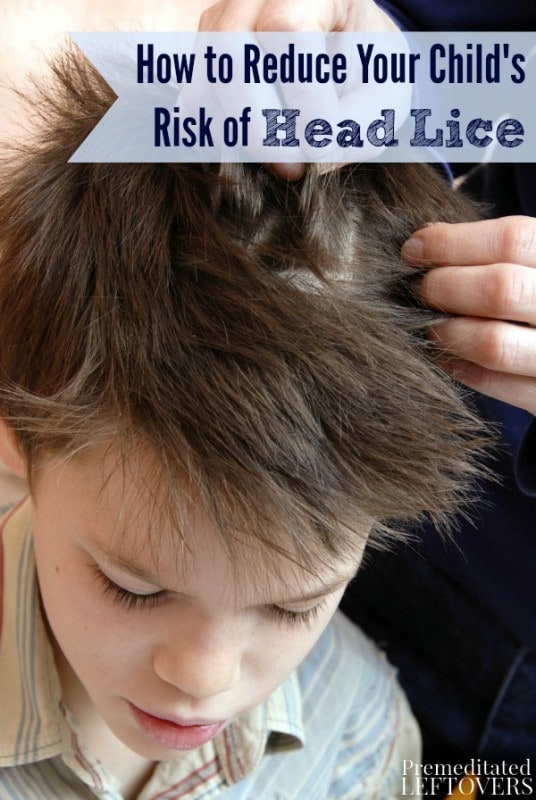
When kids are in a close setting like a school or daycare, they tend to have a lot of close contact with each other. This contact is how lice is spread so easily. While there is no single way to prevent lice completely, there are a handful of things you can do to help reduce your child’s risk. Being proactive when it comes to head lice is your best defense. Lice do not spread any type of disease, but they sure are a pain to treat! These tips on How to Reduce Your Child’s Risk of Head Lice are much easier than the painstaking treatments that are required when lice do find their way into your child’s hair.
How to Reduce Your Child’s Risk of Head Lice
- Stress the importance of NOT sharing. I know, as a parent that’s pretty much the opposite of what we normally teach our kids. In the case of head lice, it’s an absolute must. Remind your children often of how important it is that they do not share combs, hair accessories, or hats with their friends.
- Keep unworn clothing items contained at school. Remind your kids to keep jackets, hoodies, and hats in their book bags and zipped closed when not in use. Hanging them or piling them up with their classmates’ belongings increases the chances of lice spreading from one item to the other.
- Wash and dry blankets and sheets regularly. This applies mostly to children in a daycare setting who are required to bring bedding for nap time. Also, treat blankets the same as unworn clothing as stated in tip #2 by storing them in an extra large Ziplock bag or closed book bag when they are being stored away at the facility.
- Use home remedies for increased protection. Ingredients such as tea tree oil and peppermint oil have long been used as natural pesticides. This Homemade Lice Spray for Kids is an easy solution you can spritz right onto your child’s hair as they head out the door in the morning. You can also add a few drops of Tea Tree oil to any bottle of shampoo your kids use and apply the oils that way.
- Watch for early signs of head lice. The first and most obvious way to detect lice is by watching your kids for persistent head scratching. It is also important to check your child’s hair regularly for nits, or lice eggs. These tiny white specks are usually attached to the hair shaft right at the scalp. Take sections of hair and pay special attention to the area behind the ears. A convenient time to do this is just before your child’s bath, or at least once a week if you know your child’s school is prone to outbreaks. If your child has recently been exposed to head lice, increase these checks to every day for a week.
Remember: Head lice is spread most often through head-to-head contact. The more you can do to prevent this the better off you and your family will be. There have been no proven ways to prevent lice 100%, but by taking these precautions you can help reduce the risk to your children and yourself.
More Healthy Living Tips for Parents
10 Ways to Teach Kids About Germs
20 Amazing Cold & Flu Prevention Tips
12 Tips for Staying Healthy When Caring for Sick Kids
Cloth Diapering Guide: What You Need to Know to Get Started
Eco-Friendly Tips for Going Green In Your Child’s Room & Nursery

Leave a Reply